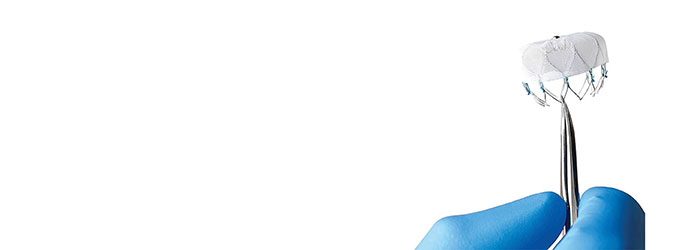
Non-valvular atrial fibrillation (AF) increases your risk for stroke. Traditionally, blood-thinning medications, such as warfarin, reduced stroke risk, but some patients do not like the medicine or have a medical or lifestyle reason to avoid it.
The Left Atrial Appendage Closure (LAAC) Implant is a non-pharmaceutical option for reducing stroke risk in patients with non-valvular AF.
How does LAAC Work?
The minimally invasive, catheter-based procedure to place the LAAC Implant takes place in the Electrophysiology Laboratory. An electrophysiologist inserts a small catheter into the femoral vein in your leg and directs the catheter through the vein to the heart. Once the catheter is in the left atrium, the electrophysiologist releases the implant, which spreads out like a balloon and seals the opening of the LAA. Heart tissue grows over the implant, sealing the opening of the LAA and preventing blood from pooling in the outcropping, thereby reducing stroke risk.
Why Choose LAAC?
AF causes your heart to beat irregularly, which may make you feel like your heart is fluttering. Irregular heartbeats disrupt the flow of blood through your heart, causing blood to pool and coagulate in your left atrial appendage (LAA), a finger-shaped sac attached to the left atrium. If coagulated blood in the LAA breaks off and passes through your blood stream, it may cause a stroke. Studies show that approximately 90 percent of clots leading to stroke form in the LAA.
What Should I Expect?
Because the procedure to place the LAAC Implant is minimally invasive, you will experience less blood loss and postoperative pain, compared with an open procedure. Placing the LAAC Implant typically takes one hour, and patients typically return home the day after the procedure.
Patients seeking an alternative to long-term blood-thinning medication regimens can call (423) 508-6733 to schedule an evaluation with an electrophysiologist.